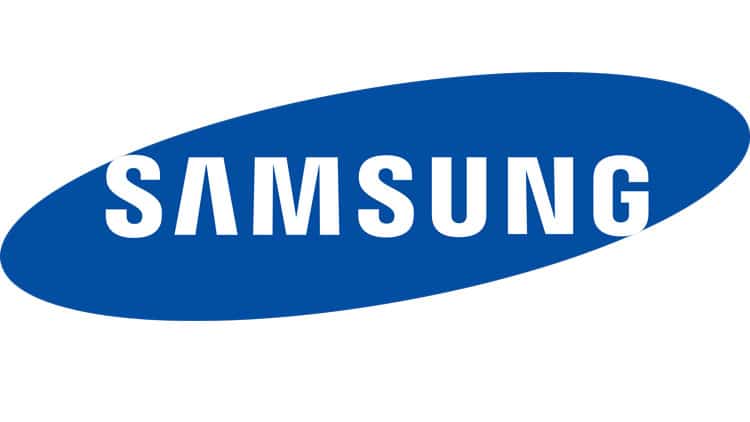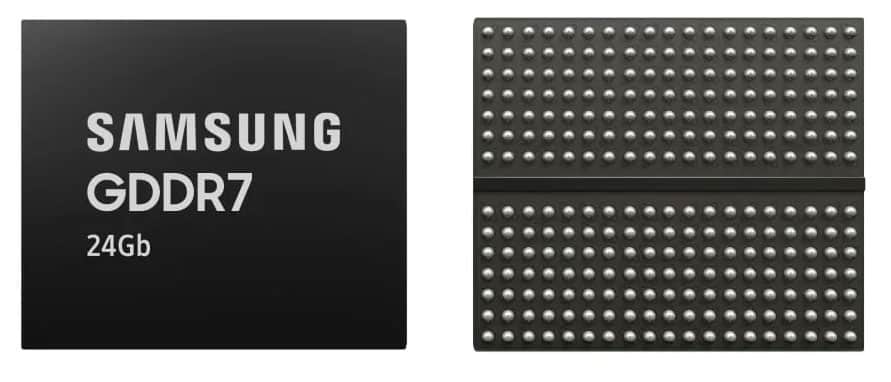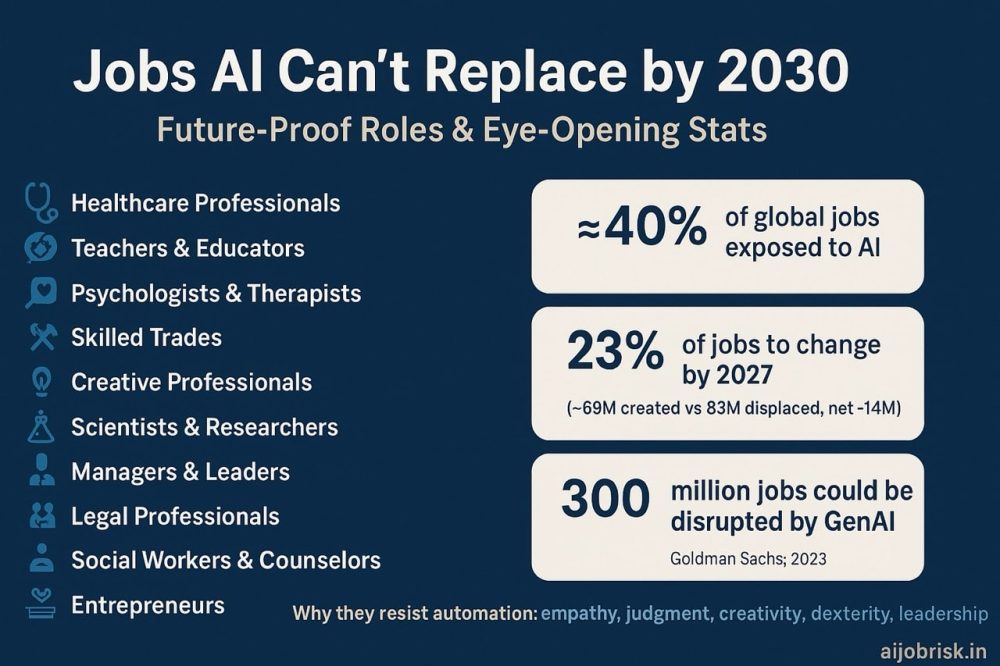Samsung has just introduced its latest innovation in memory technology—the industry’s first 24Gb GDDR7 DRAM. Built for high-performance computing, this next-gen memory is set to power data centers, AI workstations, gaming consoles, graphics cards, and even autonomous driving systems. With blazing-fast speeds of over 40GBps, Samsung’s GDDR7 chip aims to tackle the increasing demand for more powerful hardware in AI and gaming environments.
Key Features and Performance
- Unmatched Speed: Samsung’s 24Gb GDDR7 DRAM boasts data transfer speeds of up to 42.5 Gbps per pin, representing a 25% improvement over GDDR6. This results in an impressive 1.36 TBps of available bandwidth when using a 256-bit wide memory interface, making it a game-changer for AI accelerators and high-end gaming systems that require enormous data bandwidth for intensive tasks like ray tracing and 8K gaming.
- Power Efficiency: This chip has leaped forward thanks to Samsung’s innovative three-level Pulse-Amplitude Modulation (PAM3) technology. PAM3 allows the DRAM to process three signal levels instead of the usual two, squeezing more data per clock cycle. This advancement brings over 30% energy savings compared to its GDDR6 counterpart, which is critical for decreasing power consumption in data centers and large AI systems.
- Cutting-Edge Technology: The GDDR7 DRAM is built on a 12-nanometer-class architecture and a fifth-generation 10nm-class process. These advancements improve cell density by 50%, ensuring more data can be packed into the same physical space as its predecessor. Samsung has also integrated power-saving features inspired by mobile tech, such as clock control management and a dual voltage design (dual VDD), allowing the chip to balance power usage dynamically.
Market Impact and Future Applications
The introduction of 24Gb GDDR7 DRAM marks a significant milestone for Samsung as it seeks to regain leadership in the competitive memory market. This comes after the company faced recent setbacks in its semiconductor division and increasing competition from SK Hynix and Micron, which are also developing their GDDR7 chips. Samsung, however, managed to pull ahead, becoming the first to validate 24Gb GDDR7 DRAM in GPU systems aimed at AI computing, with mass production slated for early 2025.
- AI and Gaming: The new DRAM will play a vital role in AI computing and high-end gaming hardware, where bandwidth and speed are paramount. Samsung’s GDDR7 is set to feature in next-generation graphics cards, such as Nvidia’s GeForce 5000 series, offering a boost in performance for resource-hungry tasks. GPUs, which handle these intensive calculations more efficiently than CPUs due to parallel processing, will benefit significantly from this breakthrough memory technology.
- Data Centers and Autonomous Driving: Samsung also targets data centers and autonomous vehicles with this new DRAM. The enhanced power efficiency and high-speed data transfers will make it ideal for AI workstations and systems that process vast amounts of data in real time. Autonomous driving, in particular, requires ultra-fast, energy-efficient memory to handle the complex processing tasks needed for safe and efficient self-driving technology.
Positioning Against Rivals
While Samsung’s 24Gb GDDR7 DRAM marks an important win, it still faces tough competition from SK Hynix and Micron, who are preparing to launch their versions of GDDR7 memory. The race to dominate the high-performance DRAM market is heating up, with AI’s growing prominence fueling an arms race for faster, more efficient memory solutions. Samsung is betting on this chip to regain ground in the sector, with its Executive VP YongCheol Bae stating, “We will continue to lead the graphics DRAM market by bringing next-generation products that align with the growing needs of the AI market.”
What Comes Next?
Samsung’s 24Gb GDDR7 DRAM follows the release of its 16Gb version, which was announced last year. The latest chip offers double the capacity. It’s designed to handle future technologies’ increasing power and speed requirements, especially in AI and next-gen gaming. As chip validation begins this year, commercial production is expected in early 2025, making it highly anticipated among tech enthusiasts and industry leaders.
However, consumers building their PCs will see this type of RAM later, as mainstream builds still utilize DDR4 and DDR5 memory. While Samsung’s GDDR7 DRAM is tailored for high-performance GPUs and AI applications, it underscores the broader trend toward more energy-efficient and faster memory solutions in the tech world.



